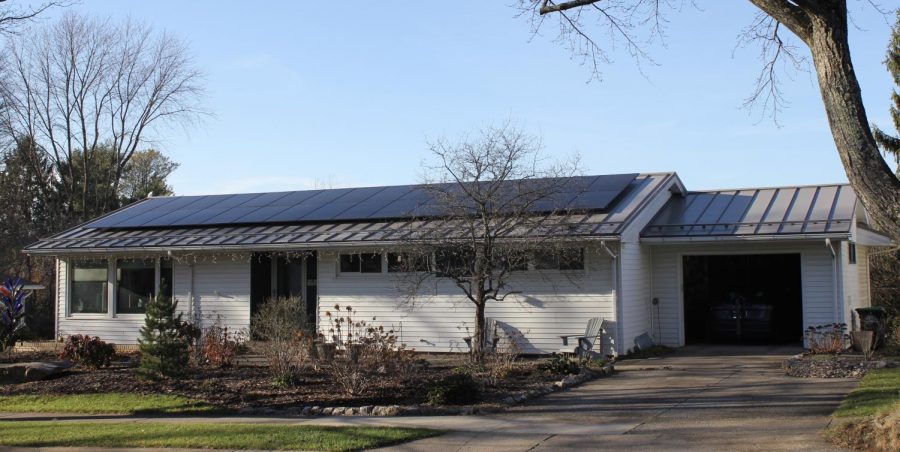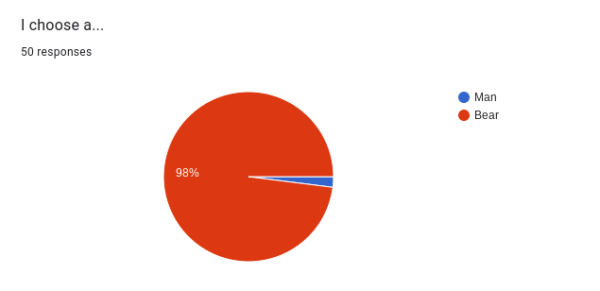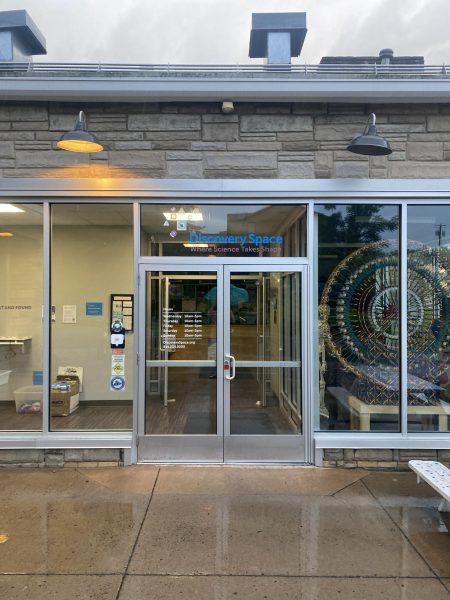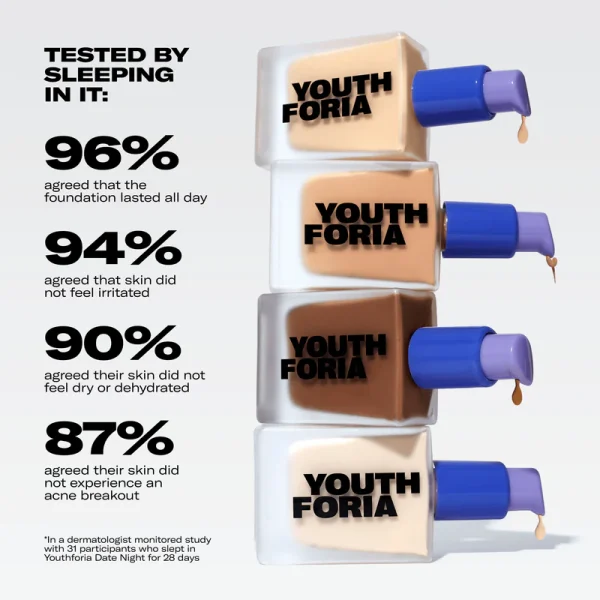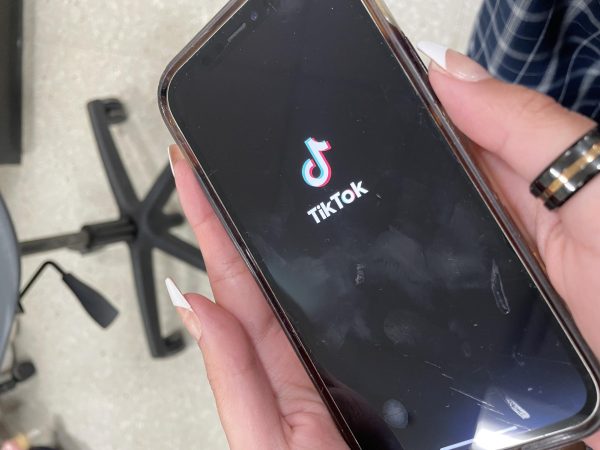The Case for Solar Panels
Nov. 29, 2020, State College, PA. Solar panels power Blair Malcom’s house, a community member with the goal of protecting the environment. These solar panels power both his house and his hybrid car.
December 23, 2020
So, what is solar? Solar energy is a not-so-recent but increasingly popular way of harnessing energy from the sun. From solar-powered calculators to solar-powered cars, this method of obtaining electricity has taken the world by storm.
Ancient civilizations first started using solar energy by concentrating sunlight to create fires. This technology has since evolved to become photovoltaic—most commonly seen in the form of solar panels—one of the major energy sources today.
Photovoltaic panels are not the only way of harnessing solar energy. Other methods include concentrated solar power (CSP) and solar heating. These methods are used widely, but photovoltaic panels are the most efficient energy collector for single homes.
This method is gaining ground across the US. According to the US Department of Energy, solar power has grown 35 times from what it was in 2008, and the cost of solar panels has dropped nearly 50% since 2014, making it even more accessible to the general public.
The adoption of solar panels is also happening locally. According to Penn State News, the university has purchased a solar farm in Franklin County capable of producing 25% of the university’s electricity throughout all statewide campuses.
But why is this boom in solar panels occurring?
Blair Malcom, an electrical engineer in State College said, “it’s an environmental thing. What can we each do to save the environment?”
Malcom’s goal is to reach net-zero carbon emissions by transitioning to a “cleaner” energy source, a goal shared by many people. To get to net-zero carbon dioxide emissions, he has to either not do or use anything that emits carbon dioxide or use something carbon negative to offset the carbon dioxide being released.
According to Our World in Data, solar panels are the third cleanest way of producing energy in the world, with “clean” meaning that it has low greenhouse gas emissions. In addition to reducing our carbon footprint, solar panels also contribute less to air pollution and reduce U.S. dependence on foreign energy markets. This means that the U.S. will not have to rely as much on fossil fuels imported from the Middle East, as energy can be produced domestically.
Due to these advantages, the government can help by paying part of the upfront cost.
“My primary motivator to install the system this year was to get the 26% federal tax credit,” Malcom said. This is the equivalent of the solar panels being on sale at 26% off.
Though solar panels are very good for the environment compared to fossil fuels, the manufacturing process still has environmental consequences. Fossil fuels are still used in the production of these clean energy devices, leaving a hidden carbon footprint.
Another reason solar energy is becoming so popular is that it provides the user with more energy independence. Alternative energy sources aren’t as convenient, either–wind turbines can cost millions of dollars and a nuclear reactor isn’t the kind of thing you put in your basement. However, solar panels can easily be installed on houses, leaving the resident in control of their own power.
“I wanted to get to the point where I was creating my own energy,” Malcom said.
However, solar panels are not right for everyone. Due to solar panels’ dependence on sunlight, properties blocked by trees or any other obstacles might not receive enough sunlight to significantly make an impact on their carbon footprint. In addition, solar panels should face towards the general direction of the sun. Since State College is a mid-latitude town in the northern hemisphere, solar panels should face southward.
For many, the advantages of solar panels make it a clear choice for an energy-efficient and environmentally friendly method of powering their homes. Solar panels aren’t just a trend that will come and go. They are a major innovation that will change energy usage forever.

